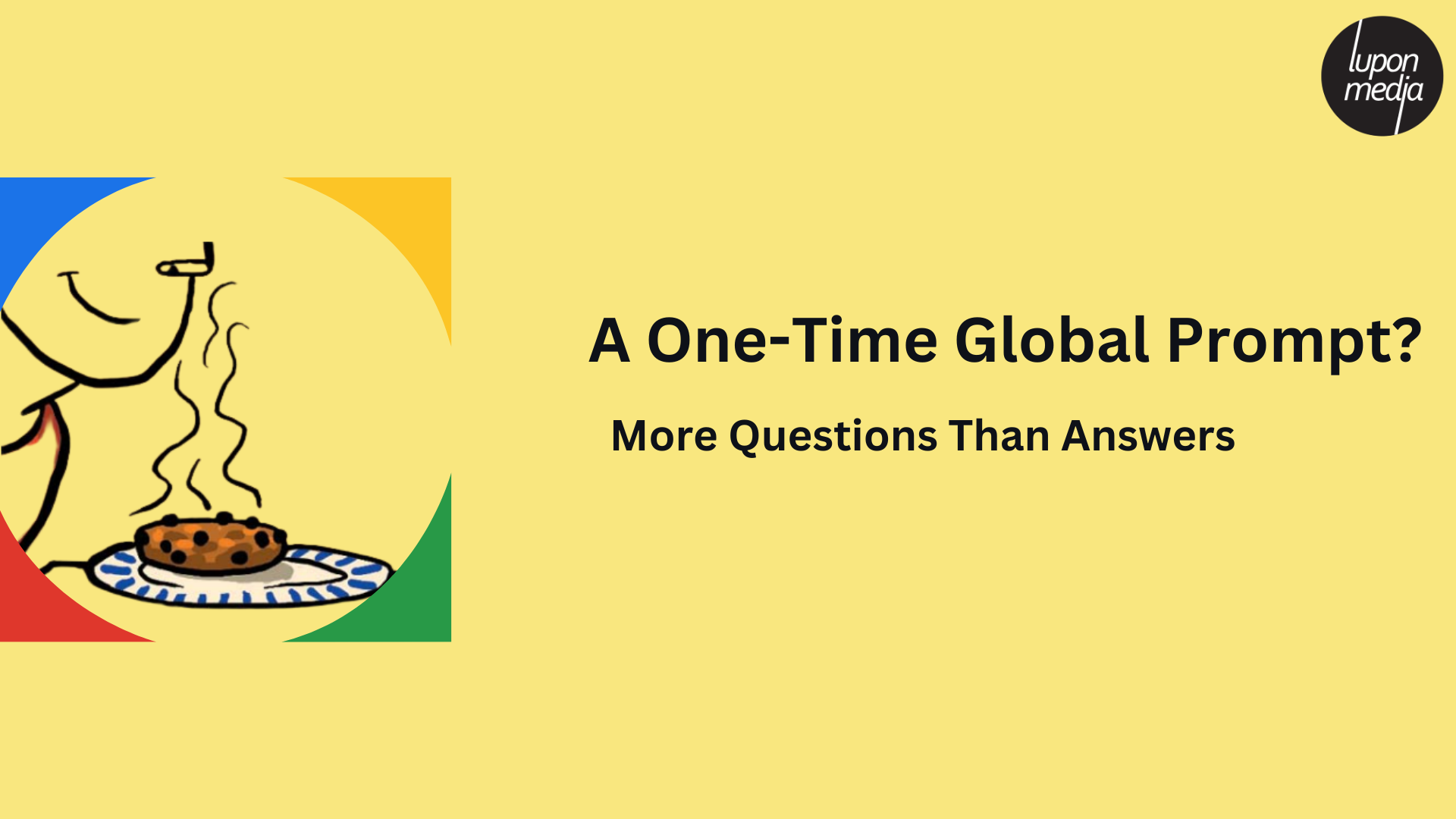For years, people have been waiting for a clear answer from Google about what will happen to third-party cookies in Chrome. But if we’ve learned anything by now, it’s that Google moves slowly when it comes to privacy changes. While the latest updates give us some clues, they also leave a lot of unanswered questions especially for publishers.
A One-Time Global Prompt: What Does It Really Mean?
At the IAB’s Annual Leadership Meeting in Palm Springs, Anthony Chavez, Google’s VP of Privacy Sandbox, announced that Chrome users will soon see a “one-time global prompt” asking them to choose their cookie preferences. This means users will have to make a privacy decision upfront, and the industry will have a few months to adjust before the change takes effect.
But the details of this prompt are still unclear. Will users actually understand what they’re choosing? Will Google provide enough context to explain how their decision affects their browsing experience and online advertising? If past privacy updates are anything to go by, the answer is probably “not really.” With March 2025 just around the corner, many in the industry worry that this prompt will push users toward blocking tracking entirely—without fully understanding the consequences.
IP Address Protection—But Only in Incognito Mode
Chavez also mentioned that Chrome will introduce a feature allowing users to hide their IP addresses. However, this will only be available in Incognito Mode—the private browsing option in Chrome. While this sounds like a step toward better privacy, it raises questions about its overall impact. If protecting user privacy is the goal, why not make this feature available for all browsing sessions?
There are also reports that Google is testing new ways to limit browser fingerprinting within Privacy Sandbox. But whether these changes will actually reduce tracking in a meaningful way is still unknown. Advertisers and publishers are left wondering how they’ll be able to measure and target audiences in a post-cookie world.
A Repeat of Apple ATT?
One of the biggest concerns is how this change will affect publishers. Google slow, careful approach to phasing out third-party cookies is similar to what Apple did with App Tracking Transparency (ATT) in 2021. That move shook up the advertising industry, cutting into publishers revenues and making it harder for advertisers to track users effectively. If Chrome update leads to a similar outcome, we could see another major disruption in online advertising.
Some ad tech companies have already noticed a shift in ad spending toward platforms with strong first-party data, like Meta and Amazon. This raises concerns about whether independent publishers will be able to compete in a market that increasingly favors big tech companies with walled gardens.
What’s Next?
Even though Google has shared some details, there’s still a lot of uncertainty about what happens next. The next few months will be crucial for publishers, advertisers, and ad tech companies to prepare for possible disruptions. If Google wants to avoid the same confusion that followed Apple ATT rollout, it will need to be more transparent and communicate these changes clearly.
For publishers, the best approach is to stay ahead by exploring alternatives—whether that’s first-party data, contextual advertising, or other strategies. One thing is certain: change is coming, whether the industry is ready or not. With March 2025 approaching, waiting for Google to make the next move is not an option.

